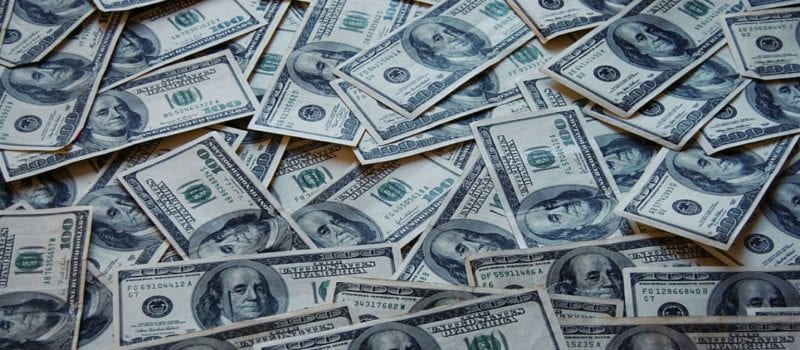Dark Fiber Could Provide Big Savings for Wireless Carriers

 Wireless network operators are increasingly considering dark fiber rather than lit fiber while looking for ways to manage operational costs. Lit Fiber has been activated by the company that owns it, and the company often charges network operators a fee to backhaul traffic using it. Meanwhile, dark fiber isn’t functional until somebody activates it, and the monthly payments for the resource are much lower. Carriers can activate dark fiber by installing an optical modular transceiver, typically called a hot-swappable small form pluggable.
Wireless network operators are increasingly considering dark fiber rather than lit fiber while looking for ways to manage operational costs. Lit Fiber has been activated by the company that owns it, and the company often charges network operators a fee to backhaul traffic using it. Meanwhile, dark fiber isn’t functional until somebody activates it, and the monthly payments for the resource are much lower. Carriers can activate dark fiber by installing an optical modular transceiver, typically called a hot-swappable small form pluggable.
For wireless carriers, managing fiber networks is a pretty business. Their entry into this business is a result of the LTE networks roll out. Traditional copper backhaul is less suited for the high speeds and low latency of LTE networks. “With the deployment of 4G the industry realized that [copper]was a constraint, so there has been a big, big transition to provide fiber to all these different base stations,” said Omar Flores, the global business development manager at 3M.
In the early days of LTE, network carriers relied on lit fiber, although, in the future, it’s expected that there will be much more reliance on dark fiber. Dark fiber is a natural fit for small cell deployments, but it’s also being used by carriers to backhaul tower traffic as well.
“We’re also seeing the fiber backhaul side of things evolve to a dark fiber backhaul at macro sites, as operators are looking for ways to better control their cost structure from a backhaul perspective as well as manage ongoing capacity needs,” said analyst Aaron Blazar.
There are a number of ways in which operators pay for dark fiber. Fiber is usually priced per mile and carriers pay for 10-20 year leases, called an indefeasible right of use (IRU) which can can be capitalized resulting in a depreciation in investment over time. Verizon Communications has invested in its fiber assets by purchasing XO Communications‘ fiber network business for $1.8 billion. This purchase will most likely cut both operating expenses and capital expenditures, according to Verizon.
Many analysts believe that companies that own fiber in the United States are set to profit from ongoing densification of wireless networks. While some operators outside the US are invested in wireless backhaul, US operators are lucky to have a relative abundance of fiber. “The U.S. is a fiber-rich country,” said Flores. “There is a lot of fiber, so getting fiber from that fiber ring into the backhaul will continue to be an area of opportunity for the whole industry.”




![[VIDEO] The Top 15 VPN (Virtual Private Network) Providers](https://solutionsreview.com/wireless-network/files/2020/09/oie_FSoMPtJs9A1E-550x325.jpg)
















